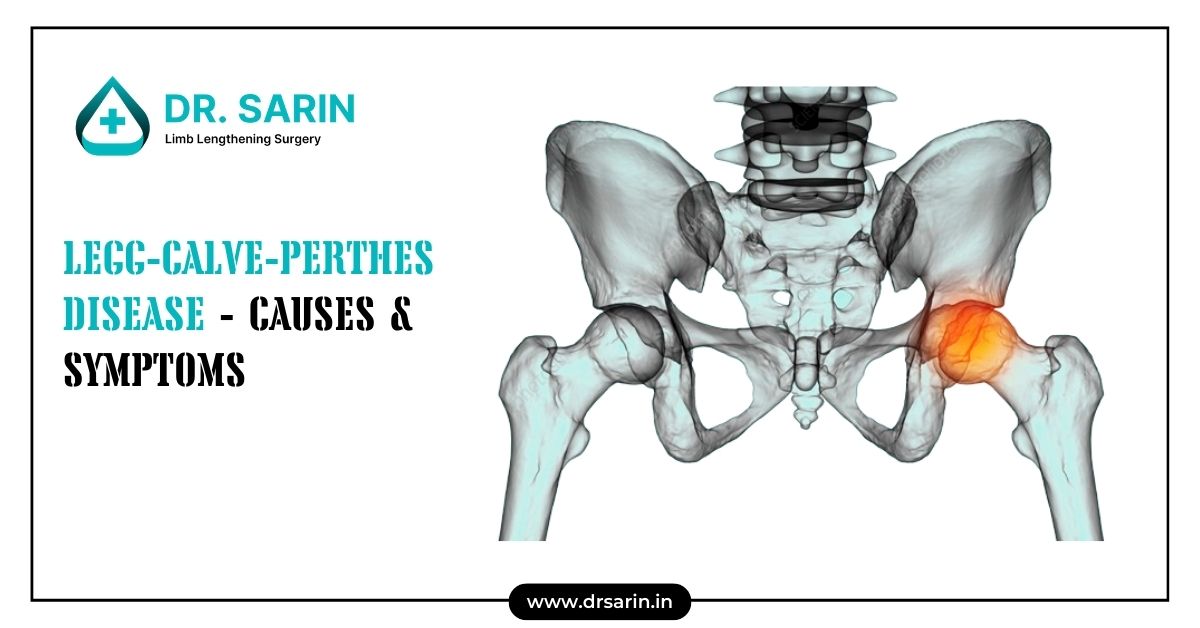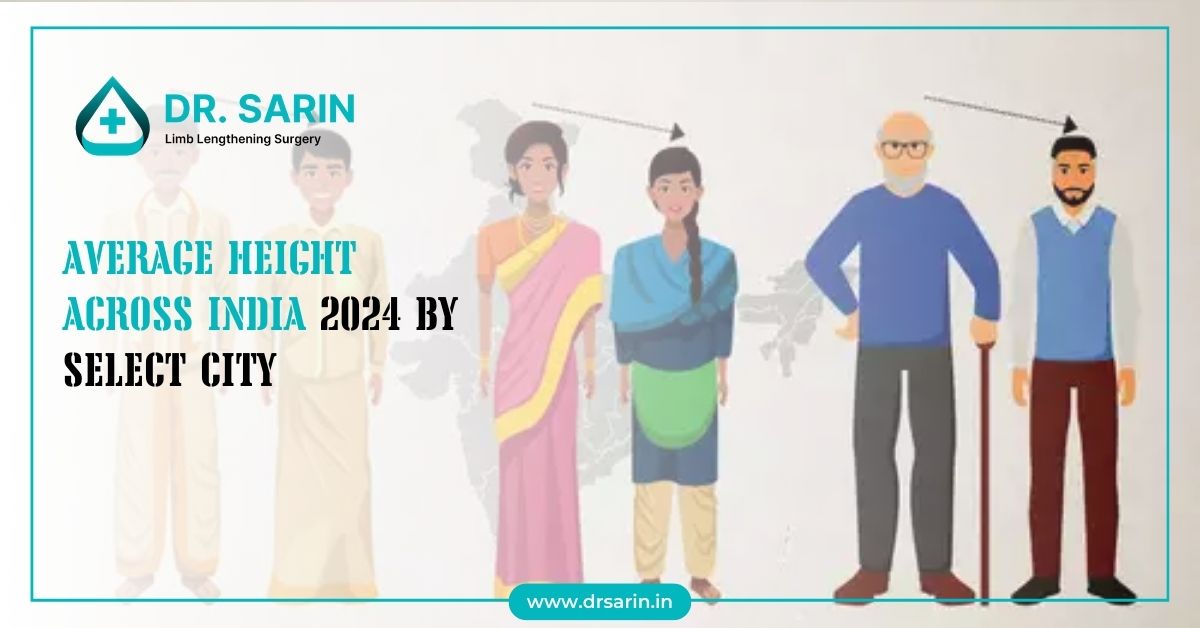Legg-Calvé-Perthes disease is a rare childhood condition that affects the hip joint, leading to the gradual breakdown of the femoral head (the ball of the hip joint). The disease occurs when there is a temporary loss of blood supply to the rounded head of the femur, causing the bone tissue to weaken and die. As the bone loses its strength, it can become flattened or misshapen, leading to hip joint instability and potential long-term complications if untreated. The condition typically affects children between the ages of 4 and 10 and is more common in boys than girls. Early diagnosis and treatment are crucial for preventing lasting damage and promoting proper bone regrowth.
Symptoms
The symptoms of Legg-Calvé-Perthes disease can vary depending on the stage of the condition and the extent of damage to the femoral head. Common signs and symptoms include:
Limping: A child may develop a noticeable limp, often without any known cause or injury.
Hip, Groin, or Knee Pain: Pain is usually felt in the hip area but can also radiate to the groin, thigh, or knee.
Limited Range of Motion: The child may have difficulty moving the hip joint fully, especially during activities like walking, running, or climbing stairs.
Stiffness and Weakness: The hip may feel stiff, and the muscles around the hip joint can weaken over time.
Shortened Leg: In advanced cases, one leg may appear shorter than the other due to changes in bone structure.
When to See a Doctor
It is important to consult a healthcare provider if your child shows signs of persistent limping, complains of hip, groin, or knee pain, or exhibits a reduced range of motion in the hip. Early intervention is key to managing Legg-Calvé-Perthes disease effectively. Prompt medical attention can help prevent severe complications and ensure the best possible outcome for your child.
Causes
The exact cause of Legg-Calvé-Perthes disease remains unclear. However, it is believed to result from a disruption in the blood flow to the femoral head. Without sufficient blood supply, the bone begins to die and gradually collapses. Over time, the blood supply usually returns, and the bone heals, but the shape of the femoral head may be permanently altered. Factors that may increase the risk of developing the condition include genetics, environmental factors, and certain clotting disorders. Although it is more common in boys, girls who develop the disease often have more severe symptoms.
Complications
If left untreated, Legg-Calvé-Perthes disease can lead to significant complications, such as:
Hip Joint Deformity: As the bone heals, it may not regain its round shape, leading to a misshapen femoral head that doesn’t fit properly in the hip socket.
Early-Onset Arthritis: Irregularities in the hip joint can lead to wear and tear over time, increasing the risk of developing osteoarthritis at an early age.
Chronic Pain and Stiffness: Even after the bone heals, some children may continue to experience pain, stiffness, and limited mobility in the hip.
Leg Length Discrepancy: Significant damage to the femoral head can cause one leg to be shorter than the other, potentially requiring corrective surgery.
Early detection and appropriate treatment are critical for minimizing complications. Treatment options may include physical therapy, bracing, and in some cases, surgical intervention to restore joint function and improve long-term outcomes.




